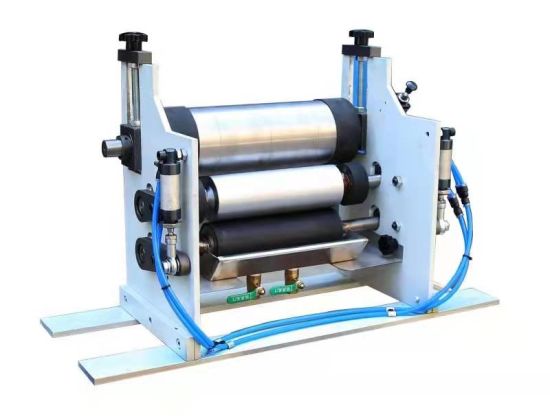In today's digital age, printers have become an essential tool for both personal and professional use. However, the choice between a laser printer and an inkjet printer can be perplexing, especially when considering the cost implications. This article aims to delve into the cost efficiency of laser printers compared to inkjet printers, providing a comprehensive analysis that will help readers make an informed decision.
- Understanding the Technology:
To comprehend the cost dynamics, it is crucial to grasp the fundamental differences between laser and inkjet printers. Laser printers utilize a toner cartridge and a complex electrostatic process, while inkjet printers use liquid ink sprayed onto the paper through microscopic nozzles. This dissimilarity in technology lays the foundation for evaluating their cost-effectiveness. - Initial Investment:
When considering the upfront cost, inkjet printers tend to be more affordable than laser printers. However, this initial advantage may not reflect the long-term cost implications. Laser printers, although pricier initially, often offer higher durability and efficiency, making them a cost-effective choice for heavy printing requirements. - Cost per Page:
One of the key factors in determining the cost efficiency of printers is the cost per page. Laser printers typically have a lower cost per page compared to inkjet printers. This is primarily due to the higher yield of toner cartridges, which can print a significantly larger number of pages before requiring replacement. On the other hand, inkjet printers consume ink more quickly, resulting in higher ongoing costs. - Printing Volume:
The volume of printing plays a crucial role in assessing cost efficiency. For individuals or small businesses with low to moderate printing needs, inkjet printers may seem more economical due to their lower upfront cost. However, as printing volume increases, laser printers become more cost-effective due to their higher page yield and lower cost per page. - Maintenance and Reliability:
Maintenance costs and reliability are essential considerations when evaluating the overall cost efficiency. Laser printers generally require less maintenance and have fewer issues related to clogged nozzles or dried ink, which can be common with inkjet printers. Consequently, laser printers offer higher reliability and lower maintenance costs, contributing to their long-term cost advantage.
Conclusion:
After a comprehensive analysis, it becomes evident that laser printers are often more cost-effective than inkjet printers, especially for high-volume printing requirements. While inkjet printers may appear cheaper initially, the higher ongoing costs of ink cartridges and maintenance can outweigh the initial savings. Therefore, it is crucial to assess individual printing needs and consider long-term cost implications before making a printer purchase decision.


